If you're considering disabling or completely removing McAfee from your Windows 11 computer, perhaps to free up system resources or because you're opting for a different security solution, this guide will provide you with all the steps you need. We'll explore various methods to ensure McAfee is fully removed from your system, whether you prefer using official tools or manual removal techniques.
Use the Official McAfee Removal Tool (MCPR.exe)
The most effective way to remove McAfee products from your system is by using the McAfee Consumer Product Removal tool (MCPR.exe). This tool is designed to thoroughly uninstall all McAfee software. Here's how to use it:
Step 1: Download the MCPR tool from the official McAfee website.
Step 2: Locate the downloaded MCPR.exe file, right-click on it, and select Run as administrator to launch the tool with the necessary permissions.
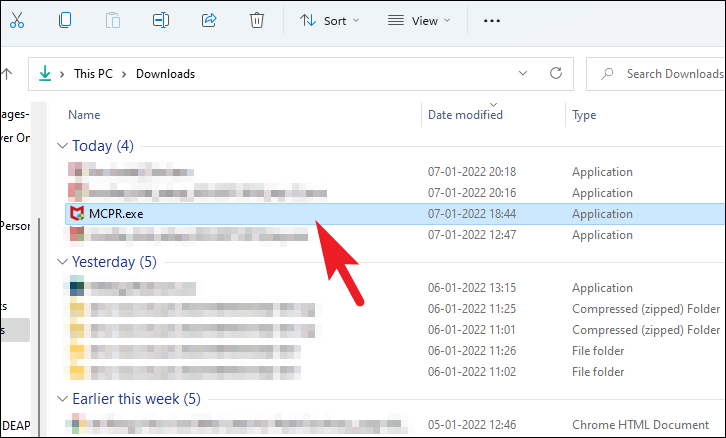
Step 3: The MCPR tool will open. Click on Next to proceed, and then accept the End User License Agreement by clicking Agree.
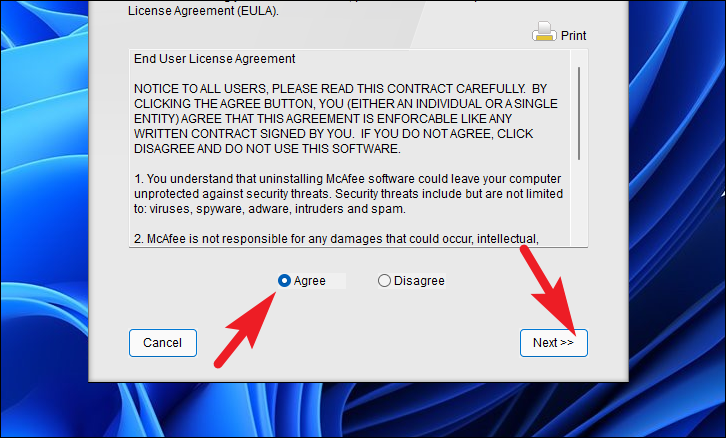
Step 4: Enter the CAPTCHA code displayed on the screen to verify you're a human user, then click on Next to continue.

Step 5: The tool will now scan your system for all installed McAfee products and begin the removal process. You'll see the progress on the screen.
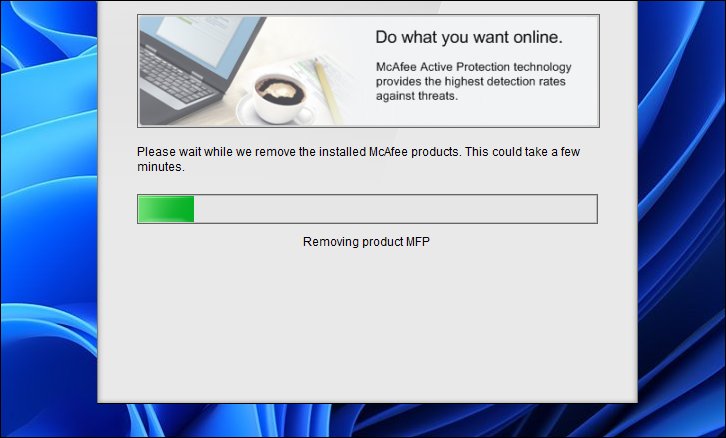
Step 6: Once the removal is complete, you'll be prompted to restart your computer. Click on Restart to reboot your system and finalize the uninstallation.

Uninstall McAfee via Windows Settings
If you prefer not to use an additional tool, you can uninstall McAfee directly through Windows Settings. Follow these steps:
Step 1: Right-click on the Start button and select Settings from the context menu to open the Windows Settings app.
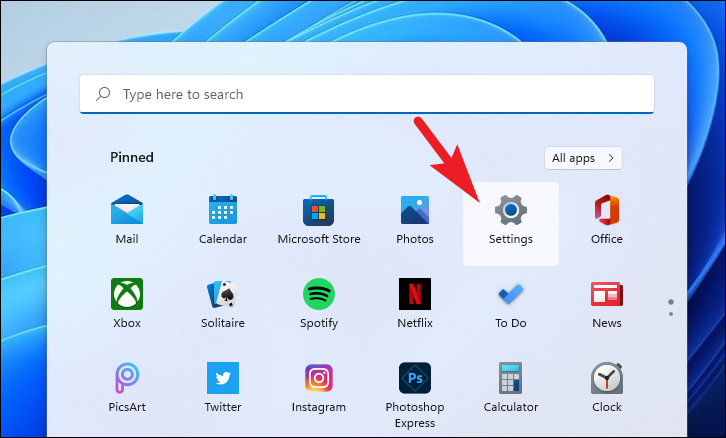
Step 2: In the Settings window, click on Apps in the left-hand menu, then select Installed apps on the right to view all applications installed on your system.
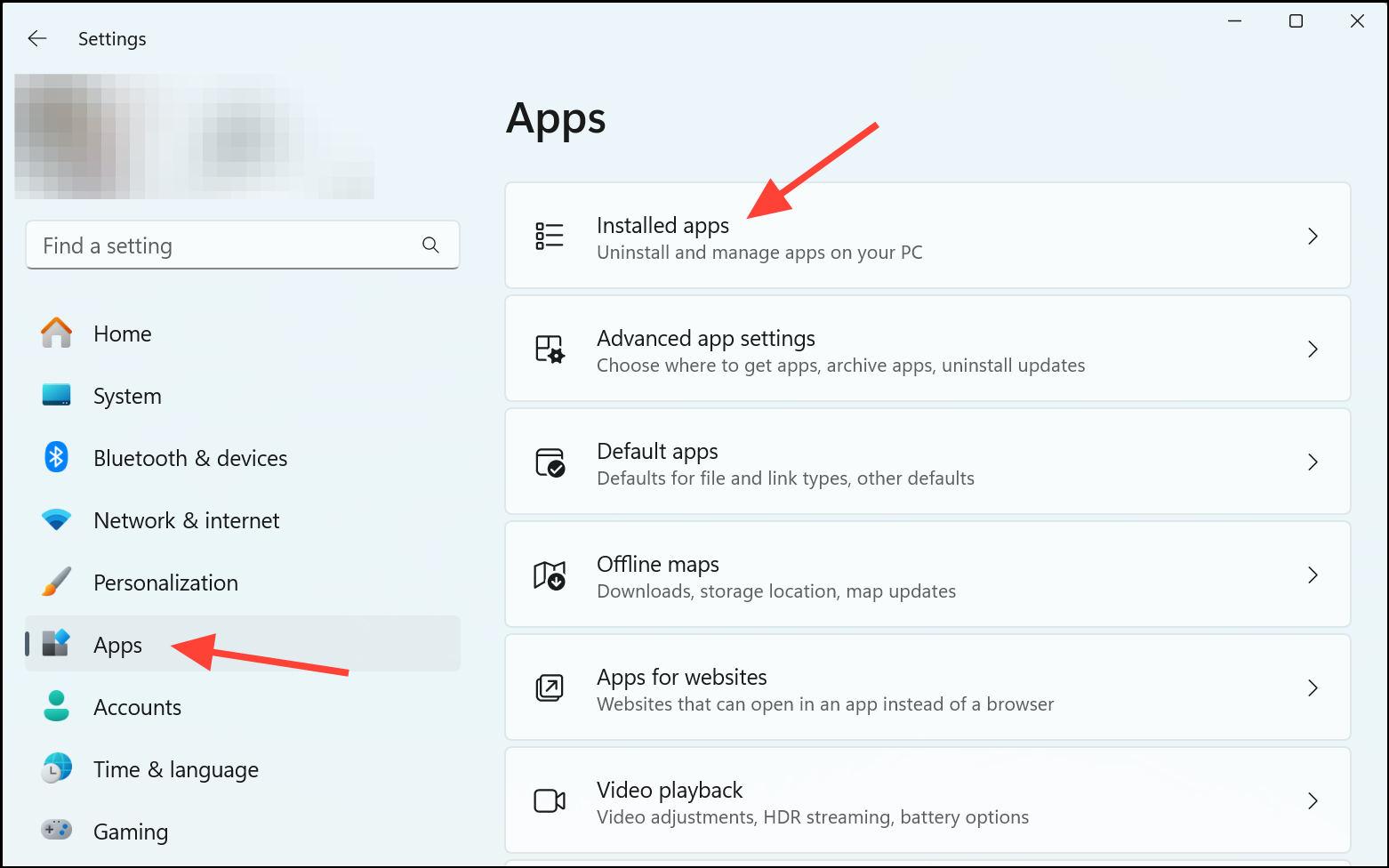
Step 3: Scroll through the list or use the search bar to locate McAfee® Total Protection. Click on the three-dot icon next to it to open the options menu.
Step 4: Select Uninstall from the menu, and confirm any prompts to begin the uninstallation process.
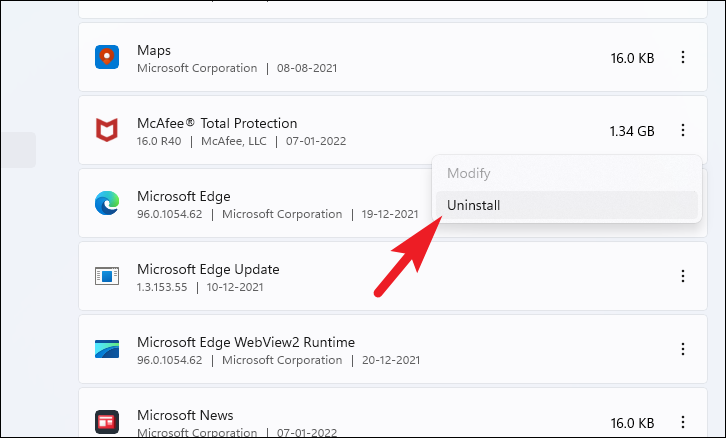
Step 5: The McAfee uninstaller will launch. You'll see a list of McAfee products installed on your PC. Check the boxes next to each product to select them all for removal, then click on Remove to proceed.

Step 6: If you have an active subscription, a notification will appear. Review the information, and click on Remove again to confirm and continue with the uninstallation.
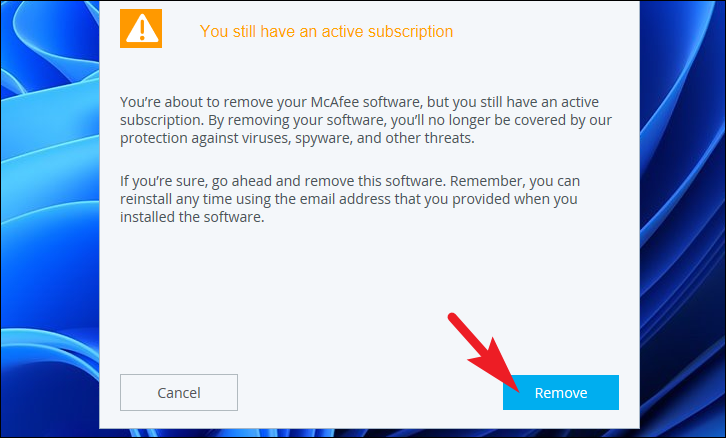
Step 7: The uninstaller will remove the selected McAfee products. Wait until the process completes. You may be prompted to restart your computer; if so, save any open work and restart your system to complete the removal.
Remove McAfee Using Command Prompt
For users comfortable with the command line, you can uninstall McAfee products using Windows Terminal. Here's how:
Step 1: Right-click on the Start button and select Terminal (Admin) to open Windows Terminal with administrative privileges.
Step 2: In the Terminal window, enter the following command to list all installed applications:
Get-WmiObject -Class Win32_Product | Select-Object -Property NameStep 3: Review the list and find the exact name of the McAfee product you wish to uninstall.
Step 4: Run the following command, replacing app_name with the exact name of the McAfee product:
$app = Get-WmiObject -Class Win32_Product -Filter "Name='app_name'"Step 5: Then, execute the uninstall method with this command:
$app.Uninstall()Step 6: After the command completes, close the Terminal window and restart your computer to apply the changes.
Delete Remaining McAfee Files and Services
Even after uninstalling, some McAfee files or services might linger on your system. To ensure complete removal, follow these steps:
Step 1: Press Win + R to open the Run dialog box. Type services.msc and press Enter to open the Services management console.
Step 2: In the Services window, scroll through the list to find any services related to McAfee. Note down the exact names of these services.
Step 3: Close the Services window. Open Command Prompt as an administrator by searching for cmd in the Start menu, right-clicking on Command Prompt, and selecting Run as administrator.
Step 4: In the Command Prompt window, type the following command for each McAfee service you identified, replacing service_name with the actual service name:
sc delete service_nameStep 5: After deleting the services, navigate to the installation directories (usually C:\Program Files\McAfee and C:\Program Files (x86)\McAfee) and delete any remaining McAfee folders.
Temporarily Disable McAfee Antivirus Protection
If you need to temporarily disable McAfee without uninstalling it, you can turn off its protective features. Here's how:
Step 1: Open the McAfee application. You can access it by right-clicking the McAfee icon in the system tray and selecting Open McAfee, or by searching for McAfee in the Start menu.
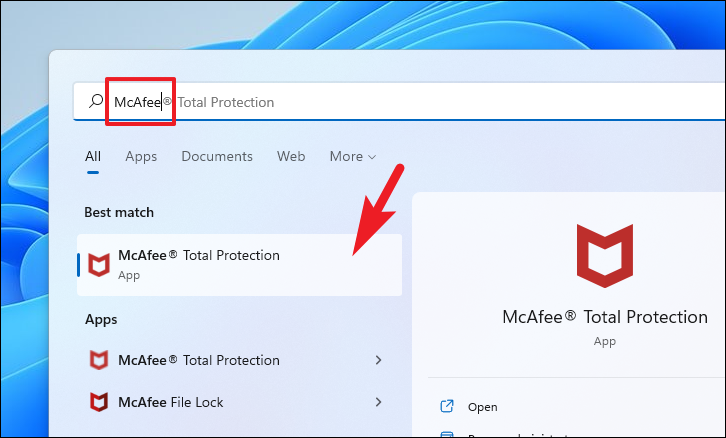
Step 2: In the McAfee window, click on the My Protection tab to access the security settings.
Step 3: From the left sidebar, select Real-Time Scanning. On the Real-Time Scanning page, click on the Turn Off button.
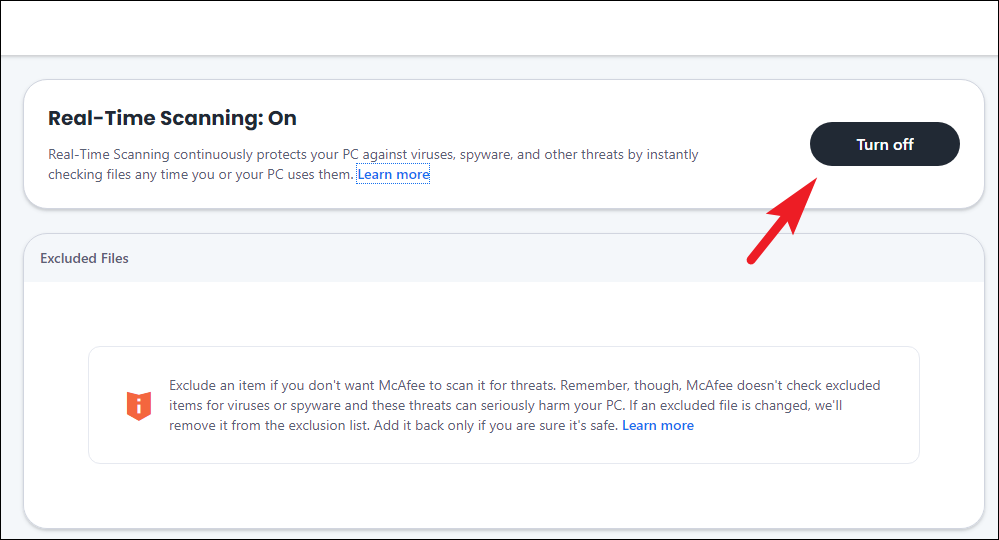
Step 4: A prompt will appear asking for the duration to disable real-time scanning. Choose your preferred time frame from the drop-down menu, or select Never to turn it off indefinitely. Click on Turn Off to confirm.
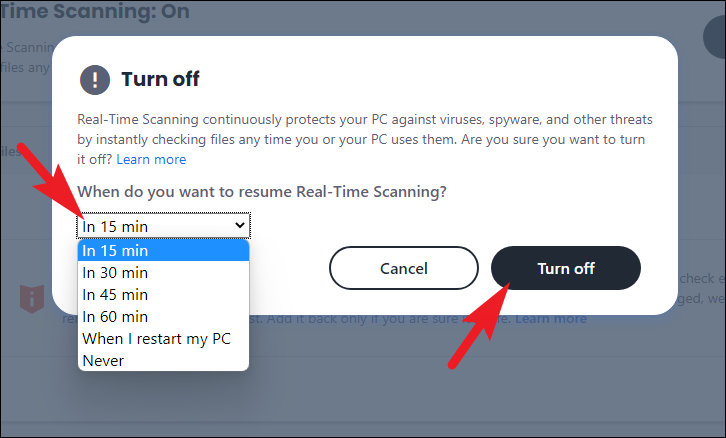
Step 5: Return to the sidebar and click on Scheduled scans. On the Scheduled Scans page, click on Turn Off to disable scheduled scanning tasks.

Step 6: To disable the firewall, select Firewall from the sidebar. On the Firewall page, click on Turn Off. Choose the duration you prefer and click on Turn Off to disable the firewall protection.
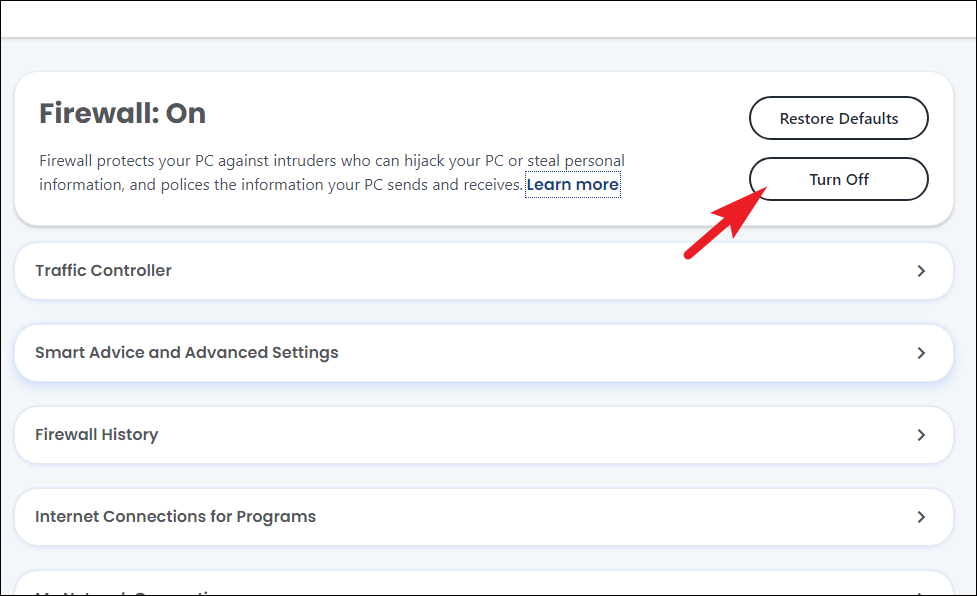
Step 7: For other features like the Tracker Remover, scroll down to the Protect yourself on the web section in the sidebar and click on Tracker remover. Then, select Schedule, choose Do not schedule, and click on Apply to disable it.
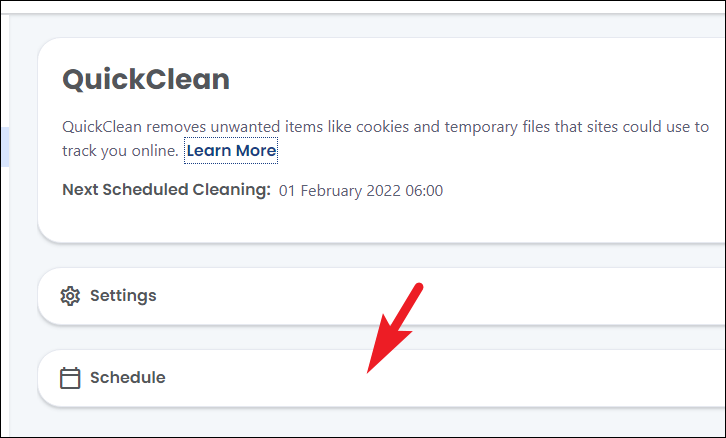
By completing these steps, you've successfully disabled McAfee's antivirus protection temporarily. Remember to re-enable the features when needed to maintain your system's security.
Enable Windows Defender After Removing McAfee
After removing or disabling McAfee, it's important to ensure your computer remains protected. Windows Defender, the built-in antivirus solution in Windows 11, can be enabled with these steps:
Step 1: Open the Start menu and type Windows Security in the search bar. Click on the Windows Security app in the search results.
Step 2: In the Windows Security window, select Virus & threat protection from the list of options.
Step 3: If Windows Defender is turned off, you'll see a Turn on button. Click it to activate Windows Defender and provide ongoing protection for your system.

By following these methods, you can effectively disable or remove McAfee from your Windows 11 system and ensure that your computer remains protected with Windows Defender or another antivirus solution of your choice. Always keep your security software updated to maintain optimal protection against threats.







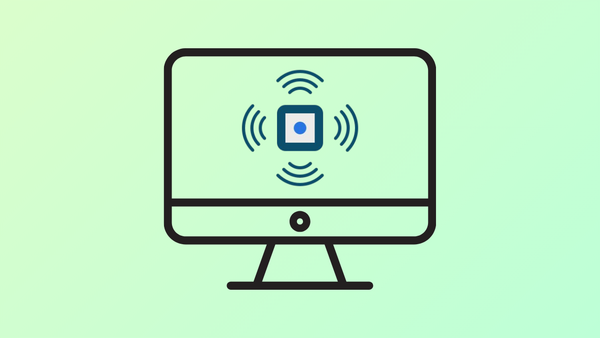




Member discussion